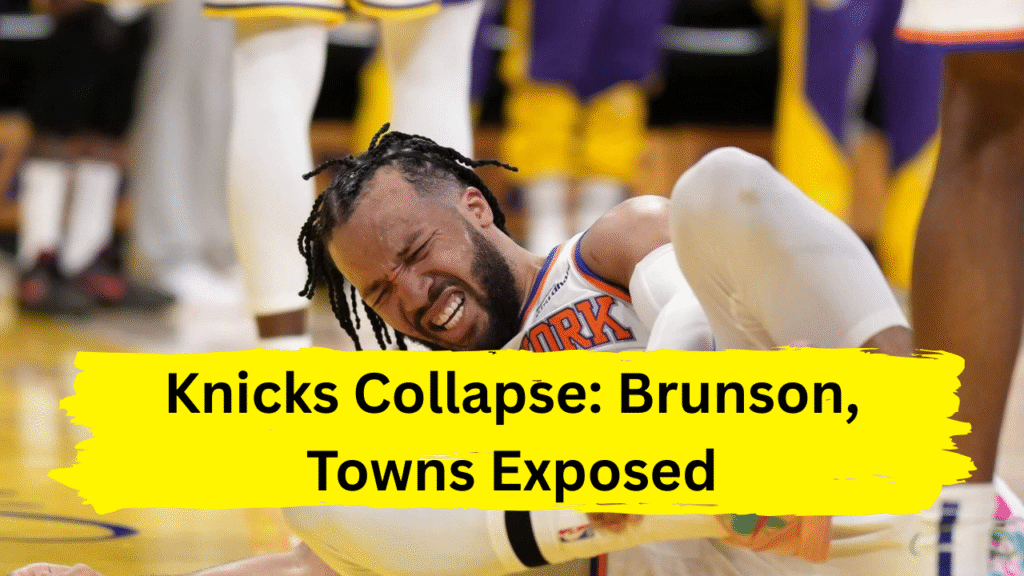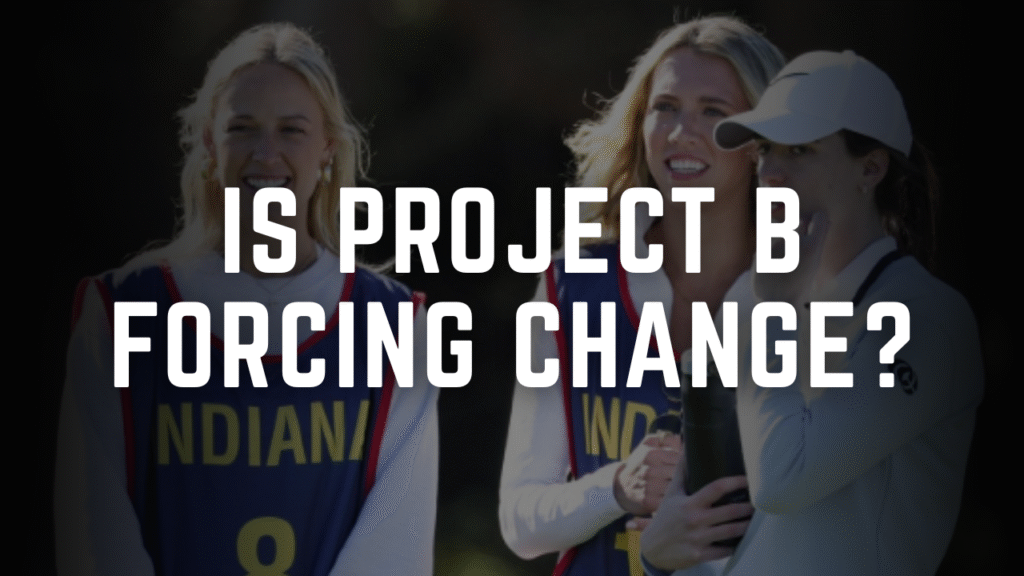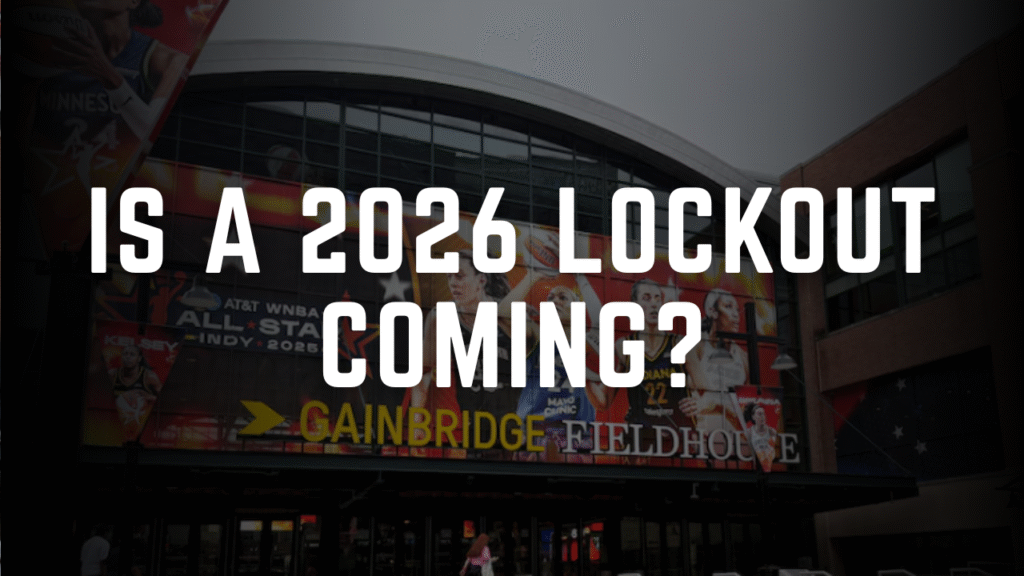The New York Knicks entered the Eastern Conference Finals riding a wave of momentum, bolstered by Jalen Brunson’s clutch heroics and Karl-Anthony Towns’ regular-season dominance. But two games into their showdown with the Indiana Pacers, the narrative has flipped. The Knicks now face a daunting 0-2 series deficit, and the root of their struggles lies in a defensive collapse that has exposed glaring vulnerabilities—particularly in their star duo of Brunson and Towns.
The Karl-Anthony Towns Conundrum
Karl-Anthony Towns, acquired to elevate the Knicks into championship contention, has instead become a liability on defense. In Game 2, his -20 plus/minus—the worst on the team—underscored his inability to contain Indiana’s fluid offense . Towns, a 7-footer known for his offensive versatility, has been repeatedly targeted in pick-and-roll actions, where his lack of lateral quickness and defensive awareness has allowed the Pacers to exploit mismatches. When Towns was on the floor in Game 2, Indiana shot a blistering 50% from three-point range (9-of-18), compared to 33.3% (4-of-12) when he sat .
The Pacers’ strategy revolves around forcing Towns into motion. Whether guarding Myles Turner on the perimeter or switching onto Pascal Siakam, Towns often finds himself out of position, leading to open looks for Indiana’s shooters. In one critical fourth-quarter sequence, Towns’ hesitation in rotating to the perimeter left Myles Turner unguarded for a dunk, while a subsequent defensive miscommunication with Mitchell Robinson allowed Ben Sheppard to sink a momentum-shifting three-pointer . These lapses have forced coach Tom Thibodeau to bench Towns for extended stretches, including nearly seven minutes of the decisive fourth quarter in Game 2 .
Brunson’s Defensive Limitations
While Jalen Brunson’s offensive brilliance (36 points in Game 2) has kept the Knicks afloat, his defensive shortcomings have compounded the team’s woes. At 6’1”, Brunson is frequently hunted in switches, particularly by Indiana’s guards Tyrese Haliburton and T.J. McConnell. The Pacers’ pace-and-space offense forces Brunson to navigate screens and recover to shooters—a task that often leaves him trailing plays. In Game 2, Indiana’s 13 three-pointers were fueled by crisp ball movement that exposed Brunson’s inability to disrupt passing lanes or close out effectively .
Brunson himself acknowledged the defensive breakdowns, stating, “The rotations weren’t there, and we need to be doing more to help each other out” . His comments highlight a broader issue: the Knicks’ lack of cohesion in executing switches and communicating assignments. This disjointedness has allowed Indiana to capitalize on secondary actions, turning simple plays into wide-open shots.
The Starting Five’s Collective Collapse
New York’s defensive woes extend beyond Towns and Brunson. The starting lineup—Brunson, Towns, Mikal Bridges, OG Anunoby, and Josh Hart—has been outscored by 29 points in just 43 minutes across Games 1 and 2 . This group, which logged more minutes together than any other NBA lineup during the regular season, now sports a defensive rating of 117.6 in the playoffs—worse than the 27th-ranked Phoenix Suns’ regular-season mark .
The issues are systemic. Poor communication, blown coverages, and slow rotations have plagued the starters. For example, in Game 2, a miscommunication between Towns and guard Cameron Payne left Siakam unguarded for a critical three-pointer during Indiana’s 13-4 fourth-quarter run . Meanwhile, Bridges admitted, “I think it’s a defensive thing. … We’re playing a little too soft in the beginning of halves” .
Coaching Dilemmas and Historical Precedent
Thibodeau, known for his stubborn adherence to rotations, faces mounting pressure to adjust. Backup center Mitchell Robinson’s agility and rim protection (9 rebounds, 3 blocks in Game 2) have provided temporary relief, but his late-game fatigue and ankle tweeproblem limited his impact . Meanwhile, Towns’ offensive upside—he averaged 30.3 points against Indiana in the regular season—creates a paradox: benching him risks stifling the offense, but playing him jeopardizes the defense .
Historically, teams trailing 0-2 in a best-of-seven series advance just 7.3% of the time . For the Knicks to defy those odds, they must address their defensive identity. Towns needs to replicate his Game 6 performance against Boston, where his aggression on both ends sparked a series-clinching win . Brunson, meanwhile, must balance his scoring burden with smarter defensive decisions.
The Path Forward
The Knicks’ season hinges on solving their defensive puzzle. Towns’ ability to stay engaged on switches and protect the rim will be critical, as will Brunson’s capacity to disrupt Indiana’s backcourt rhythm. Thibodeau’s willingness to tweak lineups—perhaps inserting defensive specialist Miles McBride or prioritizing Robinson’s minutes—could provide a spark .
But as Josh Hart bluntly stated, “In the playoffs, a lot of games are determined by a possession or two. Two games in a row, we [made those mistakes]. We’ve got to figure it out” . For a team built on grit and resilience, the margin for error has vanished. The spotlight now burns brightest on Brunson and Towns—the stars who must transform from defensive liabilities into anchors if the Knicks hope to salvage their championship aspirations.
Game 3 tips off Sunday, May 25, at 8:00 PM ET in Indianapolis.


